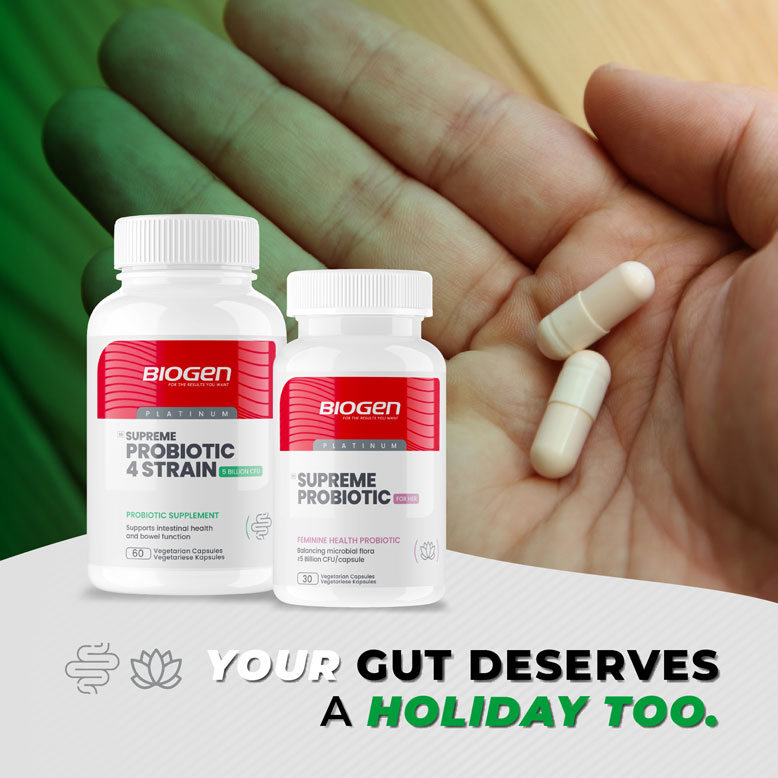Almond butter and peanut butter have a lot in common. Both are known for being good sources of plant-based fat and protein. And both lend themselves to many culinary uses, from spreading on toast to making curry. Yet almond butter is usually at least double the price of peanut butter and has more of a health halo than peanut butter. Is that hefty price tag worth it, or is peanut butter just as healthy as almond butter?
This article will review and compare their health benefits, drawbacks and uses to tell you which one is healthier.
What’s the Difference Between Peanuts and Almonds?
Peanuts and almonds are the whole foods that are used to make each “butter.” Peanuts are actually a legume, members of the same plant family as beans and peas. They are seeds from pods that grow underground. Native to South America, peanuts are grown throughout tropical and subtropical regions, including Asia, parts of Africa, Spain and the Southern US.
By contrast, almonds are tree nuts. They grow on trees and are more closely related to other nuts, such as walnuts and cashews. Interestingly, 79% percent of the world’s almond harvest comes from California, although they’re also grown in Mediterranean countries and the Middle East (1).
Almonds require a lot of water to grow and also need to be pollinated by honeybees. Both of these factors raise concerns over sustainability. In comparison, peanuts require far less water to grow, and the flowers of the peanut plant pollinate themselves.
The higher price of almond butter is partially due to the resources needed to grow almonds, combined with the high demand for almonds in all forms — whole, as butter, made into almond milk and in food products.
Differences in Taste and Usage
It’s hard to describe the difference in taste between almond butter and peanut butter without simply comparing the flavors of almonds and peanuts. Peanut butter has a distinctively addictive smell and taste and a thick, sticky texture. Almond butter is a bit sweeter tasting and is smoother and runnier than peanut butter. Almond butter can be made from raw or roasted almonds, whereas peanuts are always roasted before being ground into peanut butter.
You can use the two nut butters fairly interchangeably. Both can be a spread on toast, used as a dip for fruit or added to a smoothie for extra fat and protein. They can also be cooked into savory dishes, adding a nutty flavor and a creamy texture to stews or curries. Almond butter’s milder taste means it can be added to dishes without being as noticeable. For instance, you can use it in pesto or hummus. On the other hand, if you’re looking for the distinctive flavor of peanut butter, then almond butter won’t be a direct substitute.
Side-By-Side Nutrition Comparison
Both almond and peanut butter can be made with just a single ingredient. However, some brands add extra ingredients, including salt, sweeteners, other flavors and oils.
Proven Health Benefits
In terms of general health benefits, almond butter and peanut butter are similar. Scientific literature and research often groups peanuts into the nut category. Regularly including peanuts, almonds and their butters in your diet may provide the following benefits:
Reduce the risk of heart disease: Research has consistently linked eating nuts with a lower risk of heart disease. A 2014 review found that just one serving of nuts daily may lower the risk of coronary artery disease by 19% (4, 5, 6, 7).
Help lower blood pressure: Nuts contain several compounds, such as magnesium and copper, that help the body better regulate blood pressure. Just a serving daily may help lower your blood pressure (8, 9, 10, 11).
Improve cholesterol levels: Eating different kinds of nuts may help lower total cholesterol and “bad” LDL cholesterol in healthy people and those with moderately high cholesterol (12).
Help maintain a healthy weight: Although nuts are high in calories, research has shown that eating them regularly is not associated with weight gain and is even linked to a lower risk of obesity (13, 14).
Improve blood sugar control: Regularly eating nuts improves blood sugar control in diabetics, prediabetics and healthy individuals, likely because nuts are low in carbs and high in healthy fats and protein (15, 16, 17, 18, 19).
Protect cell membranes: Nuts are rich in vitamin E, an antioxidant that helps protect cell membranes from harmful free radicals. Almond butter contains more than peanut butter, but both provide a good amount (2, 3, 20).
Lower the risk of gallstones: Several large studies have found that people who frequently eat nuts have a lower risk of gallstones. This is likely thanks to the unsaturated fat and fiber content of nuts (21, 22, 23).
Why Is Almond Butter Perceived as Healthier?
Despite the marked similarities between almond butter and peanut butter, many people perceive almond butter as healthier. There may be several reasons for that. The primary one is likely that peanuts are legumes and almonds are tree nuts. Legumes have a bad rap in certain circles, in part because many people feel bloated after eating them.
While other types of legumes, including beans and lentils, contain easily fermentable carbs that can make you gassy, peanuts and peanut butter do not (24, 25, 26). Another thing that’s often brought up is that peanut butter contains antinutrients, such as phytic acid, which reduce the absorption of other minerals.
While this is true, almond butter also contains antinutrients. Moreover, research increasingly suggests that antinutrients may actually have some benefits, despite their drawbacks. For instance, phytic acid is also an antioxidant that may reduce the risk of certain cancers (27, 28, 29, 30, 31).
Believe it or not, almond butter’s hefty price tag may also bias some people to think almond butter is better for them than less-expensive peanut butter. Recent research found that people believe that healthier food is more expensive. Many equate a higher price with a healthier product (32). Lastly, some of the bias against peanut butter may simply be due to misperception.
Many articles that claim almond butter is much healthier than peanut butter point to “facts” that are simply untrue, such as almond butter having fewer carbs, or not having a risk of aflatoxins (33). Aflatoxins are toxic compounds produced by mold that can grow in a number of raw foods. The truth is that peanuts and almonds are equally at risk (34).
Potential Concerns
For the most part, both almond butter and peanut butter are healthy foods without many drawbacks. However, there are a few concerns that should be addressed.
Here are the primary ones:
Allergies: About 1% of people in the US are allergic to peanuts and 0.5% are allergic to almond and other tree nuts. Both allergies can be severe and potentially life-threatening (35, 36, 37, 38).
Slight risk of food poisoning: Every so often, there are recalls on nut butters, as there are for many foods. Both almond and peanut butters can carry aflatoxin and Salmonella.
High in oxalates: Both almonds and peanuts are high in oxalates, a category of natural compounds that can cause kidney stones. This could be a concern for people who are prone to kidney stones (39, 40).
Extra ingredients: Many brands add sugar, oils and other fillers to enhance taste, extend the shelf life and prevent separation of the natural oils. Look for ingredient lists with just one ingredient: peanuts or almonds.
Spoilage: Natural nut butters will generally last five to six months if stored in the fridge. If they start to smell rancid, toss them (41).
Cost: Natural almond butter can be up to three times more expensive per ounce than natural peanut butter.
The Bottom Line
Peanut butter and almond butter are both healthy choices. Almond butter delivers slightly higher levels of vitamins and minerals, making it a slightly healthier choice. However, both deliver the same major health benefits, including lowering the risk of heart disease and helping keep blood sugar steady.
At the end of the day, the healthier one is the one you’ll eat regularly. So choose whichever one you prefer and can afford.
Source: authoritynutrition.com










